One child sits playing with a set of blocks, while another practices her climbing skills on a Pikler triangle. In this Montessori home, the children are offered simple, but beautiful and engaging toys. However, the Montessori philosophy goes much beyond wooden toys and a calm environment: it’s a way of life! Where did this way of life come from?
The Woman Behind the Montessori Method
Maria Montessori is the woman behind the Montessori philosophy. Originally a physician in Italy in the late 1800s and early 1900s, she soon became interested in psychology. Her first job with children was at a mental institution, where she realized that the children were far more capable than anyone had imagined. Offering them carefully designed learning materials and activities, she watched as they learned to read, write, and more!
Using her ideas and materials from the experience at the mental institution, Montessori went on to work at a daycare center in one of Rome’s poor neighborhoods. There, she opened the “Casa Dei Bambini.” It was in this setting that she developed and refined the Montessori philosophy which is still used around the world today!
Cornerstones of the Montessori Philosophy
Maria Montessori’s method features certain cornerstones that make the philosophy so special:
Learning Materials
Montessori believed that children learned through activity and movement! So, she created beautiful materials that help children build fine motor skills, learn letter sounds, explore math concepts, and expand sensorial knowledge!
You can use many Montessori-inspired materials in your home such as wooden blocks, a shoe-string, and beads for threading, stones for counting, and more!
Practical Life Activities
Montessori thought it was important to teach children skills that would help them become ever more independent. Practical life skills include learning to cut soft fruit and vegetables, spooning beans, learning to hang laundry, and much more!
Practical life is easy to do at home! Invite your child to cook with you, choose their clothes to wear, help you clean, and more!
Freedom to Move
When Montessori was alive, schoolchildren were usually confined to desks. However, Montessori believed movement was important for children! So, she allowed children to move around the classroom and choose their workspace at a table or on the floor.
She also believed that gross motor skills were critical for children. Gross motor skills are the skills you need to perform big movements like walking, climbing, and balancing. Some Montessori activities that support gross motor skill development include “walking the line,” and simply playing outdoors! As Montessori herself said, “Movement, or physical activity, is thus an essential factor in intellectual growth, which depends upon the impressions received from outside. Through movement, we come in contact with external reality, and it is through these contacts that we eventually acquire even abstract ideas.”
You can make sure your child has plenty of freedom to move within your home by offering outdoor space, going to the park, and providing toys that promote the development of gross motor skills.
Using Real Materials
Montessori observed that children preferred to work with real objects over toys. For example, children prefer to cook with real food and kitchenware over pretend food.
At home, you can do this too! Allow your child to help you cook by providing safe knives and tools for them to work with. Other opportunities for using real materials include carpentry, artwork, cleaning, and more!
Housekeeping
Montessori recognized that the children in her care took pride in cleaning and caring for their classroom. So, she found child-sized brooms, rags, and other supplies for keeping the classroom neat.
You can bring housekeeping into your home by purchasing child-sized cleaning supplies and putting them in a place that’s easily accessible to your child.
The Use of Child-Sized Furniture
Today, child-sized furniture is everywhere. However, in the early 1900s, this idea was revolutionary. Montessori saw the need for children to be able to comfortably use and move furniture!
In the home, you can provide child-sized furniture for your child in their room, and throughout the house. In addition, you may also consider using step stools and kitchen helper towers / learning towers so that your child can access areas that would otherwise be out of reach.
Follow the Child
Montessori observed that children learn more when they’re interested and motivated to learn! So, she began trying to notice what children wanted to learn about and then offering them related activities. For example, if your child loves counting objects, consider showing them numbers and related activities. Or, if your child loves playing with blocks, consider offering other building materials such as Magnatiles, cardboard boxes, or Legos.
Montessori vs. Traditional Education
In a Montessori, the environment is a teacher in itself. The Montessori Environment, based on the structure and pedagogy that Maria Montessori devised for children, is put together in advance so that children can use them to get at self-directed learning. In a regular classroom, the teacher is the center of all learning. In a Montessori, the child is the center of all learning and the teacher serves simply as a guide.

In Montessori schools, students get a more holistic approach. In addition to academic subjects, students also spend time on grace and courtesy lessons. These lessons focus on learning to express emotions, social skills, and how to be polite. Practical life skills are another important area that helps children learn to be more independent. In addition, teachers encourage to express themselves through art, music, and theater. Read more on five main differences.
Montessori’s method is now well over 100 years old. Yet, it still offers a wonderful guide for creating, happy, bright, and healthy, children.
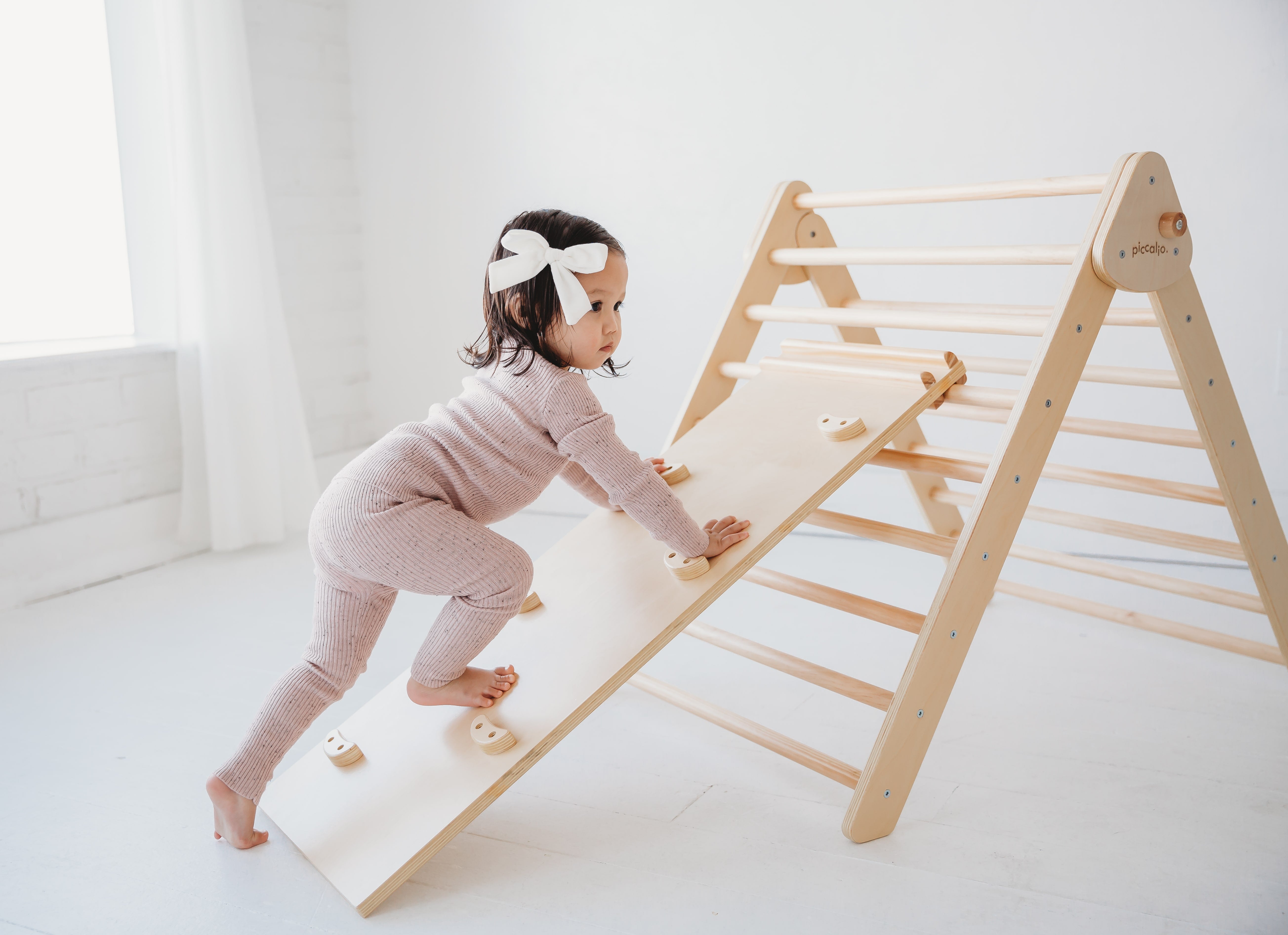

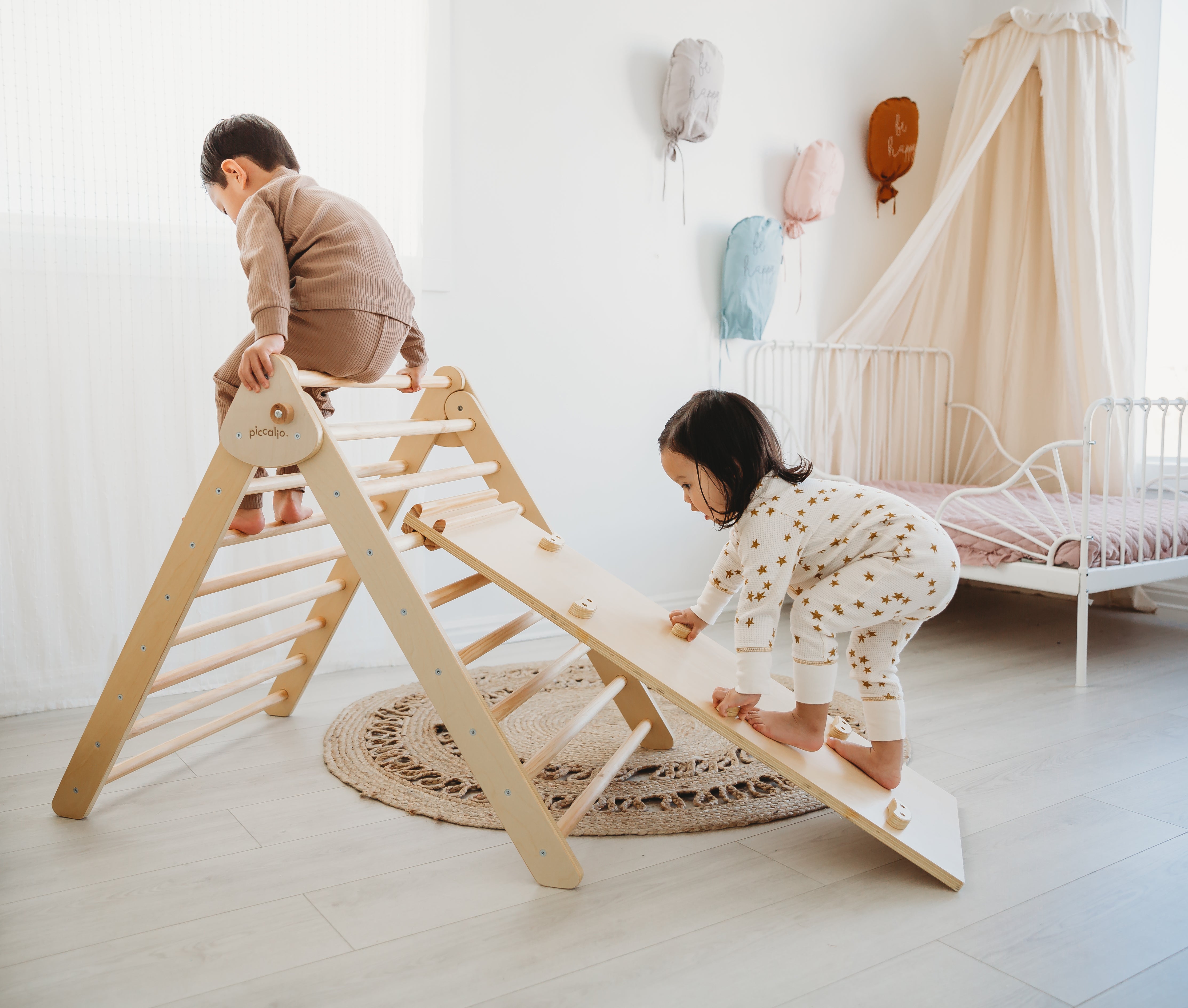
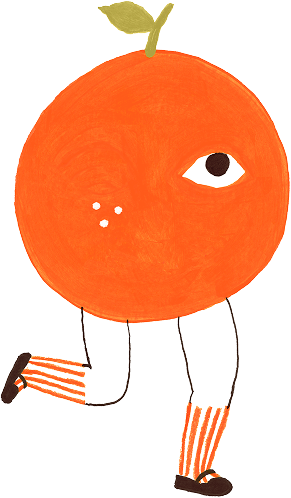
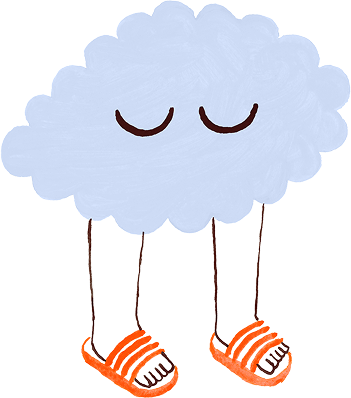
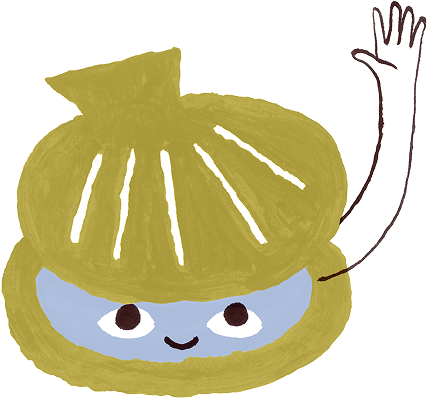
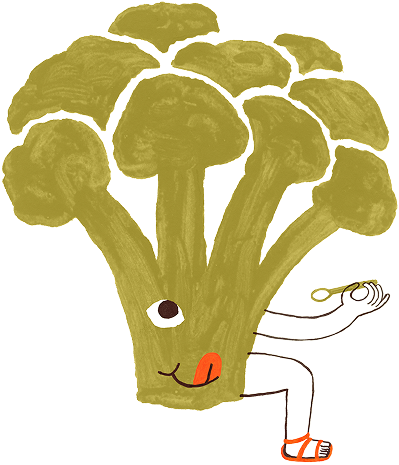
Leave a comment
This site is protected by hCaptcha and the hCaptcha Privacy Policy and Terms of Service apply.